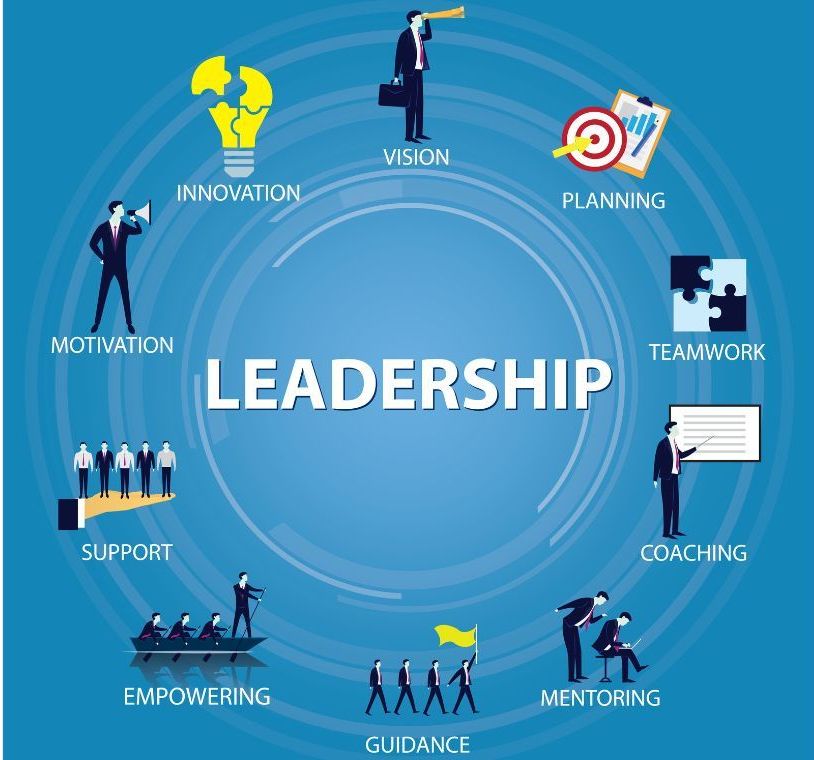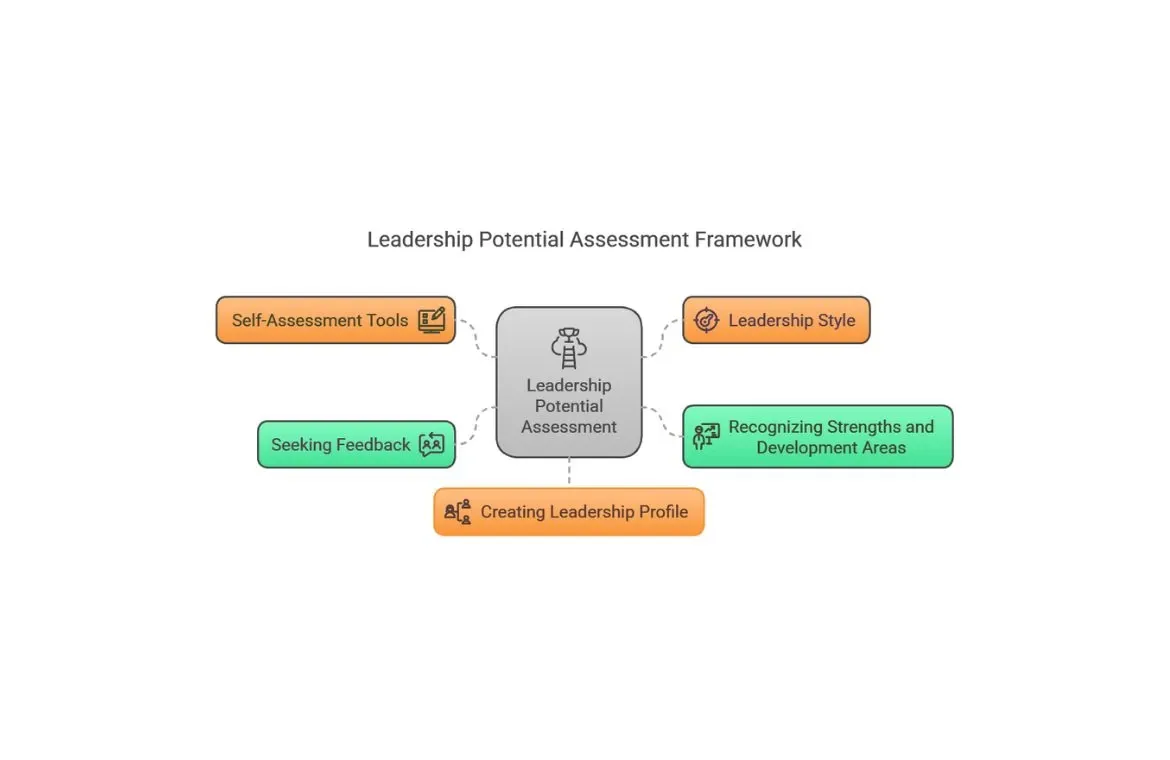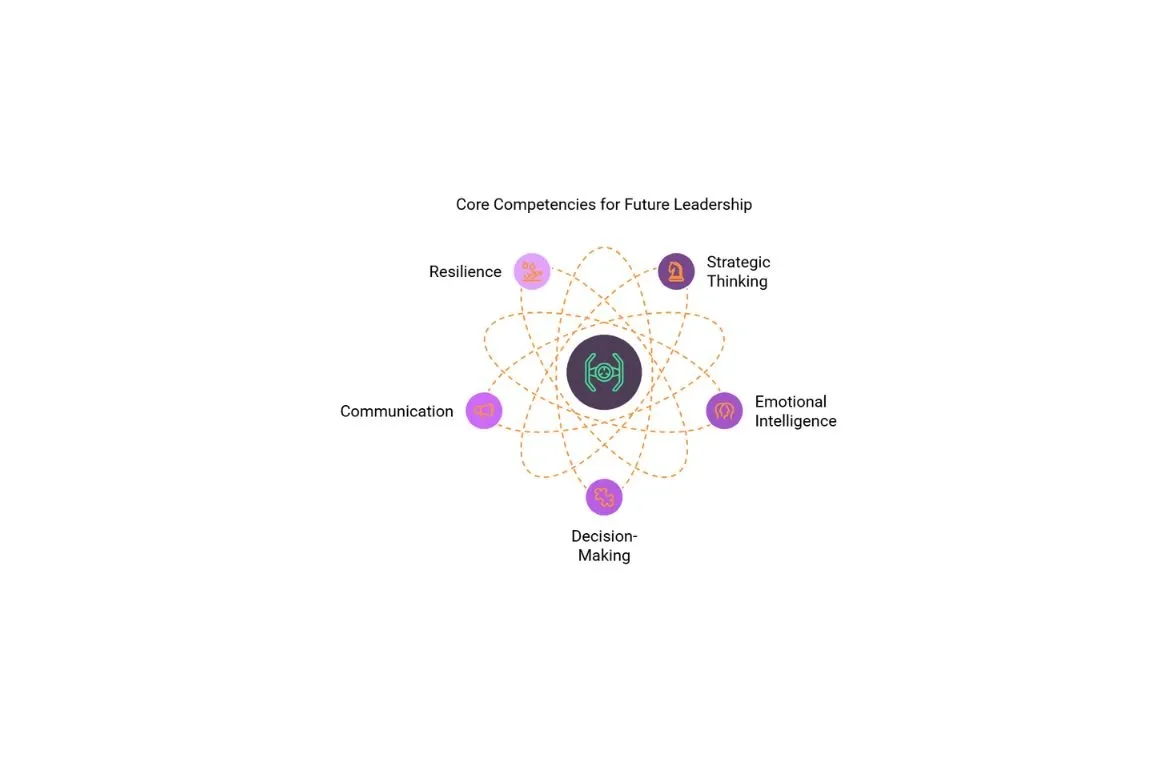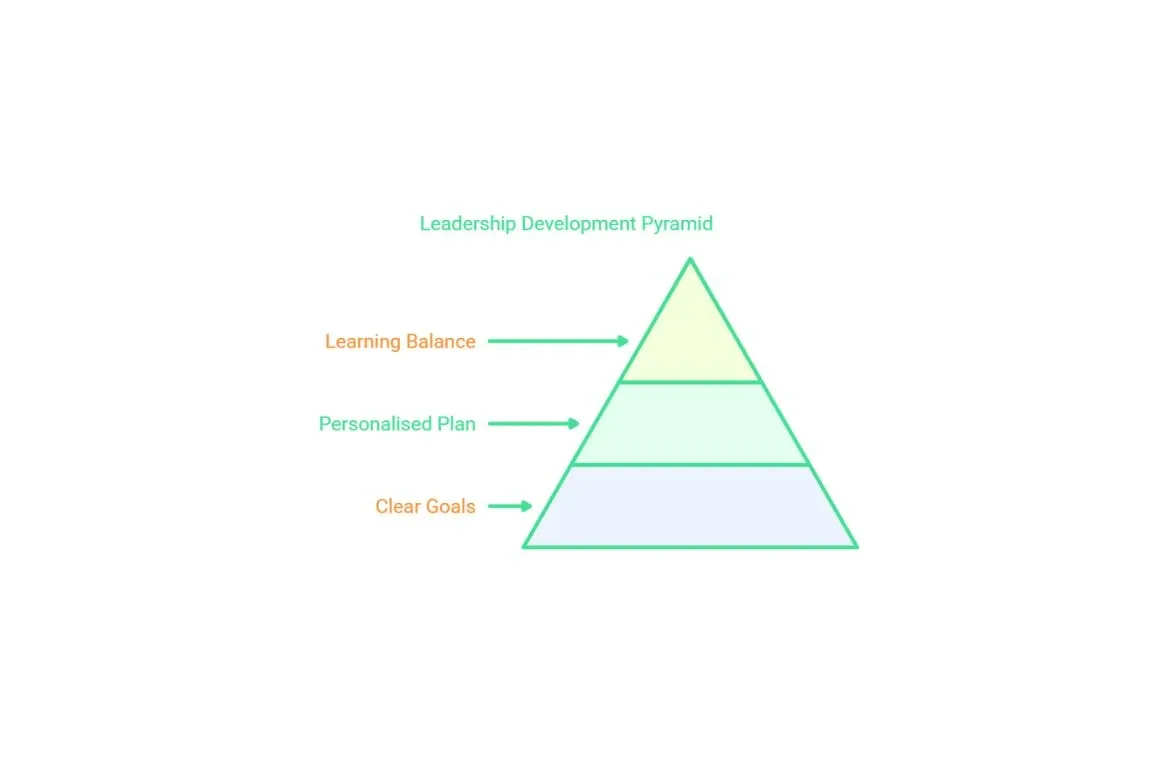Leadership Development: The Ultimate Guide to Become a Future Leader

In times of crisis or opportunity, one question defines success: Do you have the right leaders?
With rapid AI shifts, tight labor markets, and a values-driven workforce, today’s leaders must inspire, innovate, and deliver—despite rising pressure.
Leadership quality faces a crisis today. Recent data shows that 40% of employees rate their leaders as high quality. Companies rarely invest in leadership development programs. Less than 5% of organizations train leaders at all levels.
The numbers paint a troubling picture. Companies that focus on developing leaders see better results. Their employees stay longer and feel more connected. These companies also perform better financially.
Leaders at every level need proper development. You'll learn the basics of leadership and discover ways to build strong training programs. The strategies we share will help you become a better leader as the business world changes faster than ever.
Understanding Leadership Development Fundamentals
Leadership development is the lifeblood of how organizations grow and stay sustainable. It goes beyond climbing the corporate ladder. The process expands people's ability to lead effectively within organizations.
What is Leadership Development?
Leadership development helps people think over and build the skills they need to guide teams toward shared goals. The process builds both personal growth and professional skills that line up with what the organization wants to achieve.
The core focus lies on building specific skills like strategic thinking, decision-making, project management, network building, team management, and creating new ideas.
Assessing Your Leadership Potential

Leadership potential assessment needs a well-laid-out way to check yourself and get feedback. Your leadership skills assessment should go beyond how you perform now. You need to spot traits and behaviors that show you'll succeed later.
Self-Assessment Tools and Techniques
Leadership development starts with knowing your current skills and making a plan to grow. Good self-assessment helps you know your leadership strengths, weak points, and how you act.
Identifying Your Leadership Style
Your way of leading shapes how teams see and react to you. Knowing your natural style helps you use your strengths and fix any blind spots.
Note that good leaders can switch styles based on what their team needs at the time.
Recognizing Strengths and Development Areas
Leaders who know their strong points and weak spots make better workplaces. They keep checking these areas and work on getting better.
Knowing your strengths lets you use them well while seeing your weak spots shows you where to improve.
Seeking Feedback from Others
360-degree feedback works really well because it gets views from bosses, peers, and your team to show how you affect everyone. This shows how you run your team, work with others, and handle stakeholders.
Creating Your Leadership Profile
Good leadership profiles mix natural talents with learned skills. You might naturally think well strategically but can also learn better emotional intelligence through practice.
Your profile should grow as you learn new things. Taking time to think about leadership situations helps you learn and add new insights to your profile.
Essential Skills for Future Leaders

In the future, leadership requires skills that go way beyond traditional management abilities. Leaders who master these core competencies will excel as organizations become more complex.
- Strategic Thinking and Vision
Strategic thinking is the lifeblood of tomorrow's leaders. Leaders who think strategically can achieve their goals through careful planning. They can spot challenges and market changes before they happen, which helps them make better decisions about their organization's future.
- Emotional Intelligence and People Management
Emotional intelligence (EI) has become crucial to leadership success. Studies show that EI shapes team relationships, and bosses rate managers who show empathy toward their teams as better performers.
- Decision-Making and Problem-Solving
Great vision and emotional intelligence must pair with excellent decision-making and problem-solving abilities. Problem-solving means finding answers to complex issues by spotting obstacles, understanding root causes, and creating solutions.
- Communication and Influence
Communication builds leadership influence. As one of the "fundamental 4" leadership skills, good communication helps leaders think clearly, share ideas, and connect with different audiences.
- Resilience and Adaptability
The ever-changing world needs resilient and adaptable leaders. Resilient leaders bounce back from setbacks, while adaptable ones adjust their approach to meet new challenges.
Designing Your Leadership Development Programme

Setting Clear Development Goals
Management expert Joshua Bernstein notes, "Just like anything else: If you don't know where you're going, you're probably not going to get there."
Your goals should address both short and long-term objectives:
- Connect development goals directly to business outcomes to ensure relevance
- Make goals specific, measurable, achievable, relevant, and time-bound (SMART)
- Prioritize behaviors that will genuinely move the needle rather than including too many "nice-to-have" skills
Creating a Personalized Leadership Development Plan
A detailed plan has:
- Assessment of current leadership capabilities and gaps
- Alignment with company culture, values, and strategic priorities
- Specific development activities with clear timelines
- Resources needed for implementation
Balancing Formal and Informal Learning
A well-rounded leadership development programme just like the advanced programme in AI for leaders uses various learning methodologies, and it can prove to be a strategic approach for leaders by leveraging the latest technologies to drive growth in their organization. Formal learning through structured courses provides essential knowledge. Informal learning offers practical application opportunities. Formal and informal leadership work well together because they pursue different but complementary goals.
Common Challenges and How to Overcome Them
Leadership programmes face several roadblocks. Small HR teams often struggle with time and resources. Working with outside experts can bring fresh ideas and extra help.
Other challenges you might face:
- People resisting change and limited budgets
- Unclear company culture in growing businesses
- Leaders not fully supporting the programme
- Different approaches across scattered teams
Set clear goals to beat these challenges. Show benefits, talk about value with key people, and keep conversations going. Make sure leadership growth matches company goals and keep checking what works.
Comparison Table
| Leadership Development Component | Main Goal | Key Components | Biggest Problems | Success Metrics |
| Understanding Leadership Development Fundamentals |
A process that helps people perform better in leadership roles | - Strategic thinking -Decision-making - Project management - Building networks - Team management | - Telling the difference between management and leadership roles - Fixing specific leadership gaps - Matching company's vision | - How well employees get involved - Trust in leadership - How well organizations adapt |
| Assessing Leadership Potential |
A practical way to get self-assessment and feedback | -Self-assessment tools (StrengthsFinder, DISC) - Finding your leadership style - 360-degree feedback - Personal leadership profile | - Staying objective - Spotting hidden weaknesses - Getting real feedback
| - Seeing assessment patterns - How well feedback matches - Finding areas to improve |
| Essential Skills for Future Leaders | Skills tomorrow's leaders must have | - Strategic thinking - Emotional intelligence - Decision-making - Communication - Digital literacy | - Keeping up with tech changes - Managing different skill needs - Adapting constantly | -Team results - New ideas generated - Staff involvement - Digital change success |
| Designing Leadership Development Programme | Building structured growth plans | - Clear growth targets - Custom-made plans | - Using resources wisely - Making programmes matter | - Meeting targets - Using what was learned |
- Mix of formal and casual learning - Measuring progress | - Picking the right content | - Matching business needs |
Conclusion
Leadership development is a vital investment that drives both personal growth and organizational success. Companies that make leadership development a priority see higher employee involvement, retain more staff, and perform better financially.
Your leadership experience needs:
• A solid grasp of basic leadership concepts and how to use them
• Consistent self-evaluation and feedback from others
• Skills that prepare you for the future
• Well-laid-out development programs
• Clear metrics to track your progress
The best leadership development blends classroom learning with real-world practice. This balanced method helps you gain theoretical knowledge and practical skills as you adapt to evolving business landscapes, and an advanced programme in digital business leadership can be your first step to evaluating your current abilities and creating a clear path.
Because leadership development is an ongoing experience, not a final destination.
Frequently Asked Questions
Q1. How can I effectively develop my leadership skills?
To develop your leadership skills, start by identifying your strengths and weaknesses through self-assessment. Understand different leadership styles and target specific skills for improvement. Expand your professional network, seek mentorship, and read extensively on leadership topics. Take on leadership roles in your current position and consistently practice applying new skills in real-world situations.
Q2. Why is developing future leaders crucial for organizational success?
Developing future leaders is vital because it provides a competitive advantage by improving the bottom line, attracting and retaining talent, driving strategy execution, and increasing success in navigating change. It ensures a pipeline of capable leaders who understand the organization's culture and can guide it through future challenges.
Q3. How can organizations measure the effectiveness of their leadership development initiatives?
Organizations can measure the effectiveness of leadership development initiatives by tracking specific metrics such as retention rates, productivity indicators, customer satisfaction scores, and safety or quality metrics. It's important to establish baseline measurements before implementation and continuously collect data throughout the program. Comparing these metrics between teams led by trained versus untrained leaders can provide insights into the program's impact.

TalentSprint
TalentSprint is a leading deep-tech education company. It partners with esteemed academic institutions and global corporations to offer advanced learning programs in deep-tech, management, and emerging technologies. Known for its high-impact programs co-created with think tanks and experts, TalentSprint blends academic expertise with practical industry experience.



